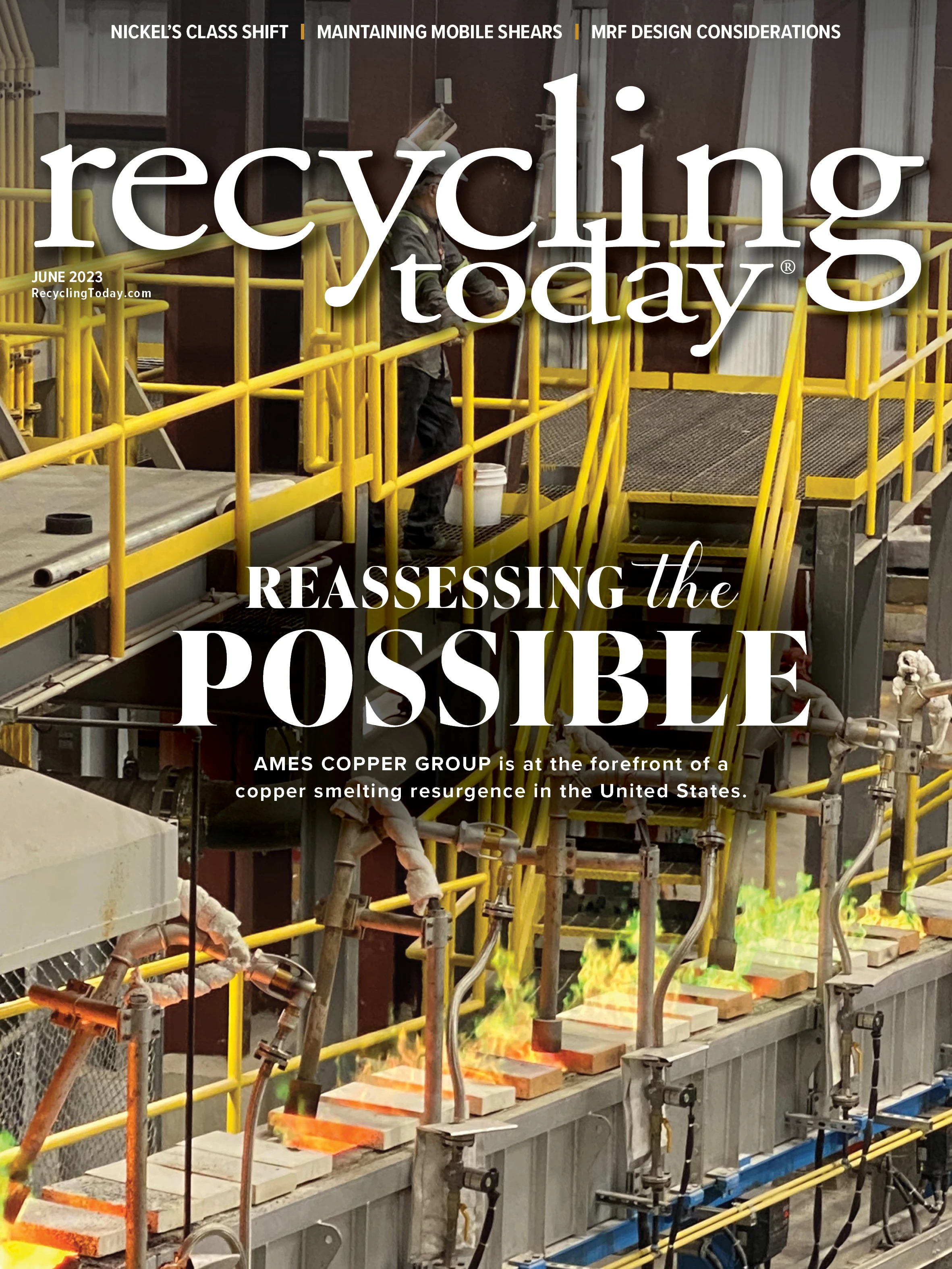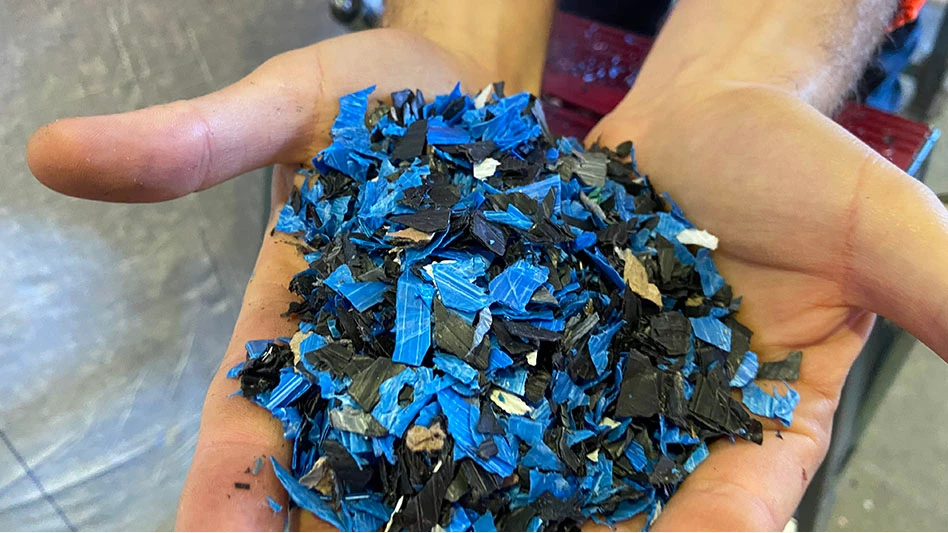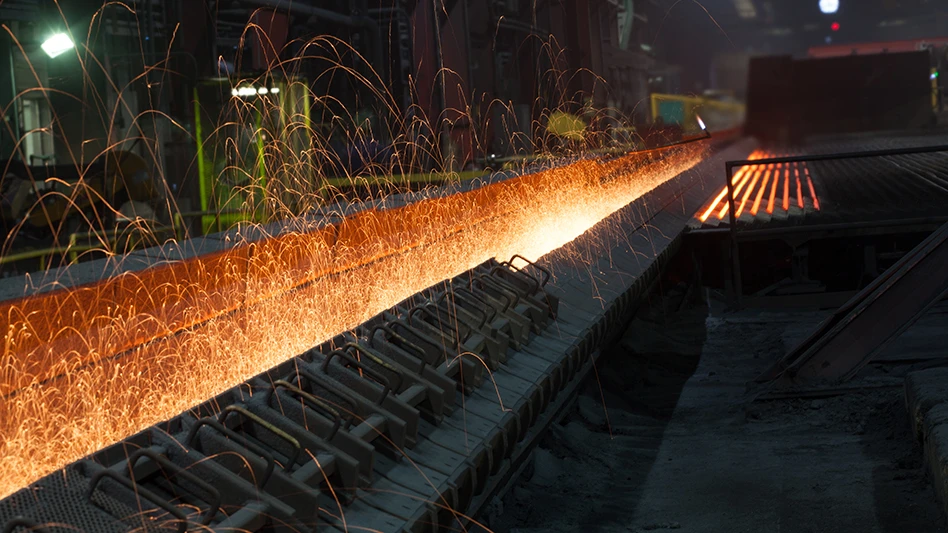
Dhawal Shah of Metco Ventures LLP, Mumbai, India, and president of the Bureau of International Recycling’s (BIR’s) Non-Ferrous Metals Division, writes in the May edition of the BIR World Mirror on Non-Ferrous Metals that decoupling, derisking and dedollarization are being met by regionalization, reglobalization and recession.
“Policy interventions by governments seek to create a safety perimeter for raw material resources and their use to strengthen domestic industry,” he says of regionalization, citing the European Union’s Critical Raw Materials Act and Waste Shipment Regulation, as well as the work the United States is doing on critical minerals.
“With a recent report pointing to a copper shortage of 6 million tons over the next decade, adapting regionalization over globalization seems to be the strategy when it comes to metal scrap,” Shah adds.
Bernie Schilberg of Prime Materials Recovery and Ames Copper Group, the subject of this month’s cover story, says as chairman of the Government Affairs Committee at the Copper Development Association (CDA), he was a major proponent for having copper added to the U.S. Geological Survey’s (USGS’) U.S. Critical Minerals List. “It is unquestionable that copper should be on the critical mineral list for a multitude of reasons, primarily that we now meet the metrics that are required for critical minerals,” Schilberg says.
“While Schilberg says he doesn’t want to be accused of being a protectionist, ensuring the U.S. has enough raw materials to produce finished products is essential.”
For automatic inclusion on the list, a mineral must have a benchmark Supply Risk score of 0.4, which, according to CDA calculations that replicate the USGS methodology used to determine mineral criticality, copper has when considering USGS data through last year.
Adding copper to the U.S. Critical Minerals List “will drive certain initiatives, like … having a way to keep secondary metals in the United States or future mine exploration in a responsible manner from an environmental standpoint,” he says. “It literally finds ways to move initiatives forward faster.”
Robin Wiener of the Institute of Scrap Recycling Industries, speaking at the BIR Convention in late May, said the U.S. is looking at many ways to ensure a domestic supply of critical minerals through laws like the Inflation Reduction Act and the Bipartisan Infrastructure Law, for example, that include expedited permitting, providing industry incentives and trade cooperation through “friend shoring” in the form of free trade agreements rather than export controls.
While Schilberg says he doesn’t want to be accused of being a protectionist, ensuring the U.S. has enough raw materials to produce finished products is essential.
Get curated news on YOUR industry.
Enter your email to receive our newsletters.

Explore the June 2023 Issue
Check out more from this issue and find your next story to read.
Latest from Recycling Today
- AF&PA report shows decrease in packaging paper shipments
- GreenMantra names new CEO
- Agilyx says Styrenyx technology reduces carbon footprint in styrene production
- SABIC’s Trucircle PE used for greenhouse roofing
- Hydro to add wire rod casthouse in Norway
- Hindalco to invest in copper, aluminum business in India
- Recycled steel price crosses $500 per ton threshold
- Smithers report looks at PCR plastic’s near-term prospects






